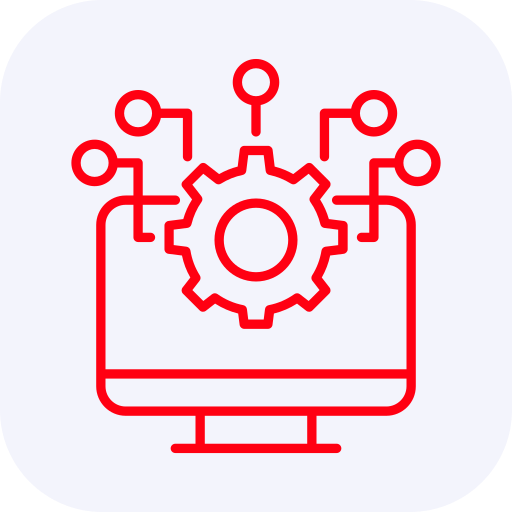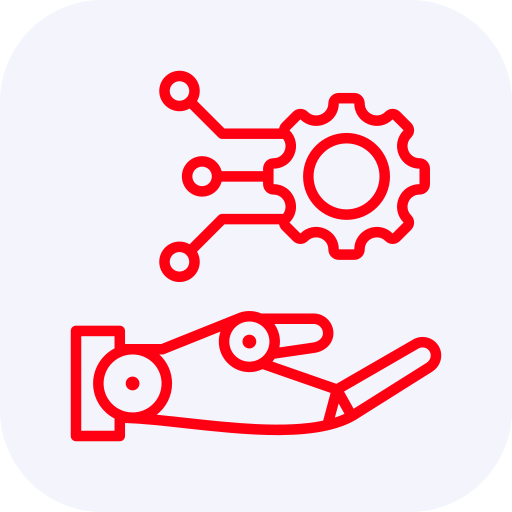Introduction
In the competitive manufacturing industry, maintaining consistent product quality is critical. Yet, many organizations still rely on manual inspection processes that are slow, error-prone, and difficult to track. This was the challenge faced by a global manufacturing company that produced components for the automotive industry. Their quality control system was creating bottlenecks, leading to delays, inefficiencies, and unnecessary costs.
By adopting Microsoft Power Platform, particularly Power Automate and Power Apps, the company transformed its approach to quality control.
The Challenge
Before implementation, inspectors were conducting quality checks on paper forms or spreadsheets. Once inspections were complete, they would:
- Email reports to supervisors.
- Manually update defect logs.
- Wait for management to review results, often days later.
This process caused several problems:
- Delayed response times to defects, increasing rework costs.
- Inconsistent reporting, as data entry errors were common.
- Lack of real-time visibility for supervisors and management.
- Increased operational costs due to manual labor and wasted time.
The company needed a smarter solution—one that could automate reporting, reduce human error, and give leadership real-time insights into product quality.
The Solution: Power Automate + Power Apps + Power BI
The manufacturing company decided to modernize its quality control system using Microsoft Power Platform.
1. Power Apps – Mobile Inspection Application
- A custom mobile app was built for inspectors to record defect data directly at the production line.
- Instead of paper or Excel sheets, inspectors could log details instantly, attach photos, and categorize defect types.
2. Power Automate – Automated Workflows
- Once data was submitted through the app, Power Automate instantly triggered workflows:
- Defect reports were uploaded to SharePoint.
- Supervisors received automated notifications for critical defects.
- Data was stored in a centralized system, ensuring consistency.
3. Power BI – Real-Time Dashboards
- Management could monitor defect rates, inspection trends, and production quality through live dashboards.
- Data was automatically updated, eliminating the need for manual report compilation.
The Results
The impact of the Power Platform solution was significant:
- 60% reduction in reporting errors – data entry became standardized and accurate.
- Real-time defect alerts allowed supervisors to take corrective action immediately.
- Inspection-to-reporting time dropped from days to minutes.
- Cost savings in rework as defects were detected and resolved earlier.
- Improved morale among inspectors, who no longer had to deal with redundant paperwork.






